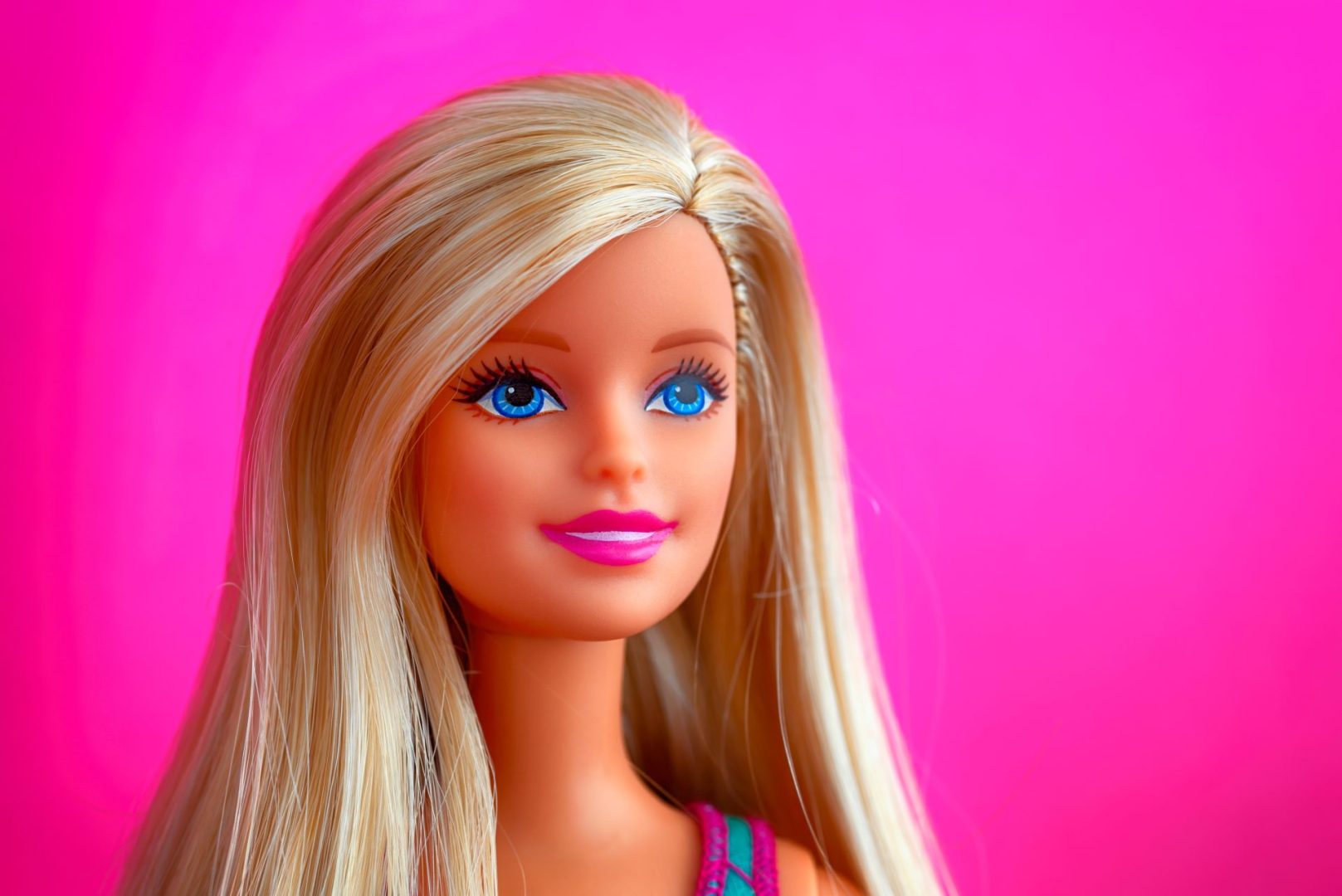The iconic Barbie doll has taken another significant step toward inclusivity with the launch of its first doll representing someone living with type 1 diabetes. This groundbreaking addition to Mattel’s Fashionistas collection features authentic medical accessories that mirror the daily reality for millions of children and adults managing this autoimmune condition.
The new doll arrives equipped with a continuous glucose monitor (CGM) attached to her arm, secured with distinctive Barbie pink heart-shaped medical tape. She carries a smartphone displaying a CGM app for blood sugar tracking and wears an insulin pump that delivers automated insulin dosing. A specially designed bag accompanies the doll, sized perfectly for essential items like emergency snacks that people with diabetes often need to carry.
Authentic representation through medical accuracy
Mattel collaborated extensively with Breakthrough T1D, a leading global nonprofit organization dedicated to type 1 diabetes research and advocacy, to ensure the doll’s medical accessories accurately reflect real-world diabetes management tools. This partnership helped create a toy that serves both as entertainment and education, showing children that medical devices can be part of normal, active lifestyles.
Type 1 diabetes affects approximately 1.25 million Americans, with about 200,000 being children and adolescents. The condition occurs when the body’s immune system mistakenly attacks and destroys insulin-producing beta cells in the pancreas. Unlike type 2 diabetes, which often develops later in life and can sometimes be managed through lifestyle changes, type 1 diabetes requires lifelong insulin therapy and careful blood sugar monitoring.
The timing of this release coincides with growing awareness about the importance of representation in children’s toys. Research consistently shows that children benefit from seeing themselves reflected in their playthings, as it helps build self-esteem and normalizes differences that might otherwise feel isolating.
Building on years of diversity initiatives
This diabetes-focused Barbie represents the latest milestone in Mattel’s expanded commitment to inclusivity that began gaining momentum in 2019. The company has systematically introduced dolls representing various disabilities and medical conditions, creating a more comprehensive reflection of the diverse world children inhabit.
The Fashionistas line now includes more than 175 different Barbie variations, featuring diverse skin tones, eye colors, hair textures, body types, and abilities. Recent additions have included a blind Barbie complete with sunglasses and a guide dog, a doll with Down syndrome, figures with hearing aids, prosthetic limbs, wheelchairs, and a Barbie with vitiligo.
Each of these dolls undergoes extensive research and development phases, often involving partnerships with relevant advocacy organizations and medical professionals to ensure authenticity and sensitivity in their design and marketing.
The evolution of inclusive play
The journey toward inclusive Barbie dolls has been decades in the making. While the first Black Barbie dolls appeared in the 1960s and Hispanic dolls in the 1980s, physical disabilities remained largely absent from the lineup until recently. The 1990s and 2000s saw an expansion of career-focused dolls representing professions where women were historically underrepresented, but medical conditions and disabilities took much longer to gain recognition.
This gradual evolution reflects broader societal changes in how disability and chronic conditions are understood and discussed. The disability rights movement has emphasized the importance of representation and normalization, concepts that have slowly permeated various industries, including toy manufacturing.
Impact on children and families
For families managing type 1 diabetes, this new Barbie offers more than just a toy. It provides a conversation starter, a way to explain medical devices to friends and siblings, and a form of validation for children who may feel different because of their condition.
The psychological benefits of representation in toys extend beyond the children who share the doll’s characteristics. When all children play with diverse dolls, it helps build empathy, understanding, and acceptance of differences from an early age.
Industry-wide movement toward inclusion
Mattel’s initiative reflects a broader trend across the toy industry toward greater diversity and inclusion. Other manufacturers have similarly expanded their offerings to include dolls and figures representing various disabilities and medical conditions.
Lottie dolls, for example, offers figures with Down syndrome and autism, while Lego has introduced minifigures with physical and non-visible disabilities. These efforts collectively work to create a more inclusive play environment where all children can find themselves represented.
The science behind inclusive play
Child development experts emphasize that inclusive toys serve multiple important functions. They help children with disabilities or medical conditions feel seen and valued, while simultaneously educating other children about differences they might encounter in their communities.
Play therapy research suggests that children often work through complex emotions and situations through doll play. Having access to dolls that represent various life experiences, including medical conditions, can help children process their own situations or develop empathy for others.
Looking toward the future
The introduction of the type 1 diabetes Barbie signals Mattel’s continued commitment to expanding representation within their product lines. As awareness grows about various conditions and disabilities, the company appears positioned to continue developing dolls that reflect an increasingly diverse understanding of human experience.
The success of these inclusive initiatives often depends on authentic partnerships with advocacy organizations, medical professionals, and the communities being represented. This collaborative approach helps ensure that representation efforts are meaningful rather than tokenistic.
A new standard for toy manufacturing
This latest addition to the Barbie lineup represents more than just another product launch. It demonstrates how major toy manufacturers can use their platforms to promote acceptance, understanding, and inclusion while still creating engaging, fun products that children want to play with.
The diabetes Barbie joins a growing collection of dolls that collectively tell a more complete story about the diversity of human experience. These toys help normalize differences, reduce stigma, and create opportunities for important conversations between children and their caregivers about health, disability, and acceptance.
As the toy industry continues evolving, this type 1 diabetes Barbie stands as an example of how thoughtful, research-based product development can create positive social impact while meeting commercial objectives. The doll’s authentic medical accessories and careful attention to detail demonstrate that inclusive representation can be both meaningful and commercially viable.
The launch of this special Barbie reinforces the idea that all children deserve to see themselves reflected in their toys, whether they’re managing a chronic condition, living with a disability, or simply looking for dolls that represent the full spectrum of human diversity. In a world where representation truly matters, this diabetes-focused Barbie takes an important step toward ensuring that playtime can be inclusive, educational, and empowering for children of all abilities and health conditions.

















